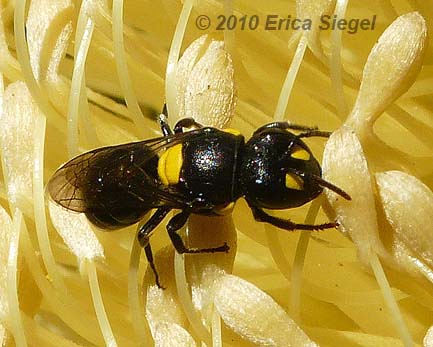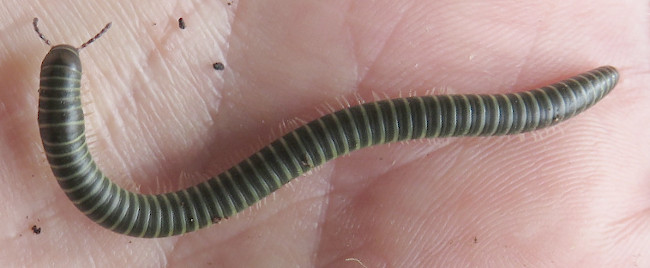In this article
- What minibeasts you may encounter in Tasmania including, bugs, reptiles and small creatures!
- A FREE simple cleaning hacks checklist.
- Fall is here for you! For other helpful articles and tips for looking after your home, check out our resource page here.
Whether you are moving to Tasmania from the mainland or the other side of the world, it’s essential to be aware of the various minibeasts that may be present in and around your home. This knowledge can help keep you and your loved ones safe when living in Tasmania and exploring our beautiful bushland.
Although Tasmania doesn’t have grizzly bears or ferocious lions, there are still some dangerous and deadly creatures that reside here. Additionally, if your home isn’t well-maintained and clean, you may encounter creatures that can invade your living space and call your place home.
Below we have compiled a list of the most common and dangerous minibeasts that you might encounter when living or visiting Tasmania!
Minibeasts of Tasmania List
Tasmanian Snakes
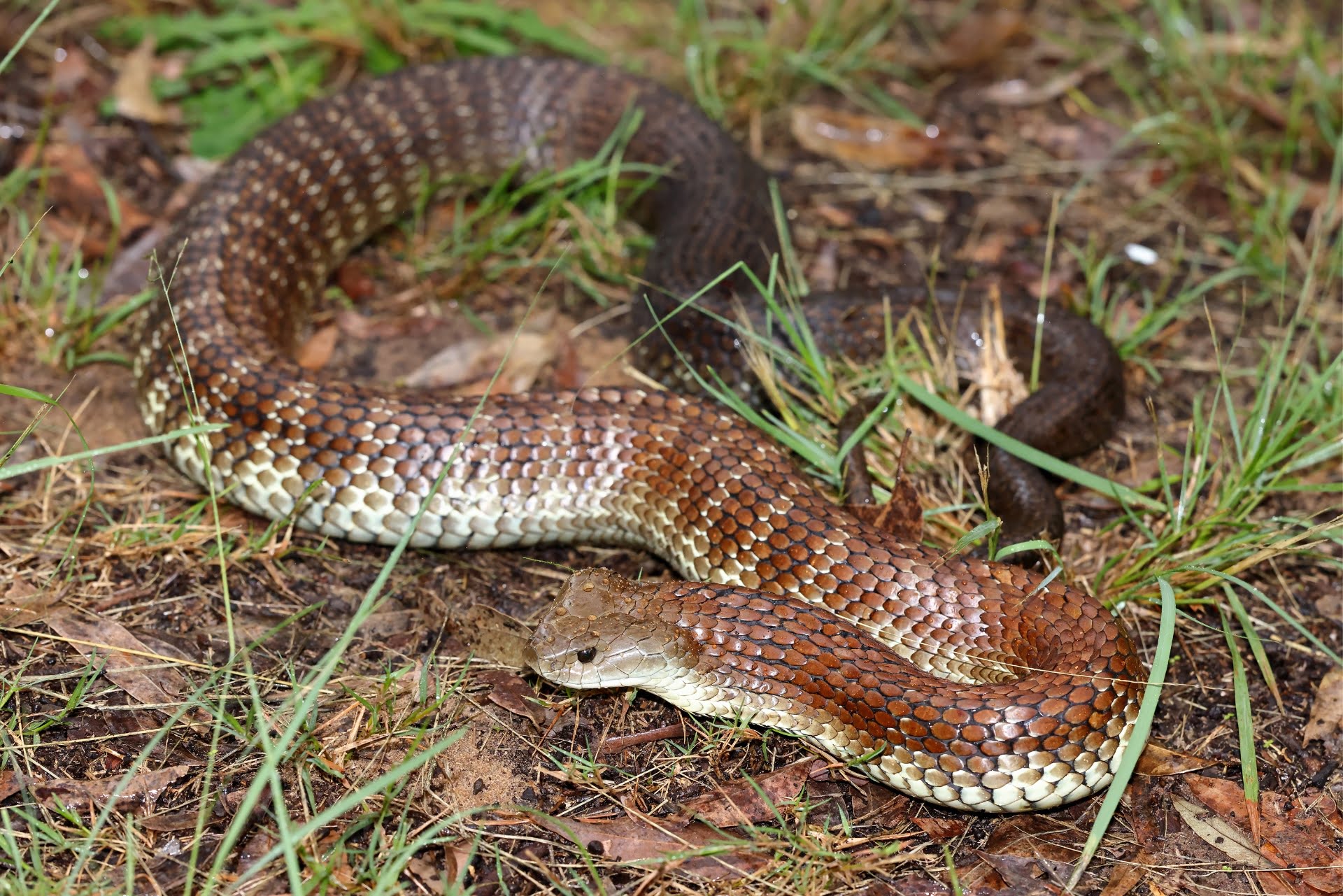
Tasmania is home to three species of native snakes, and although they are all venomous, the Tiger Snake is considered the most dangerous. With potent venom and a range of colours, including black and orange, grey and cream, and dark olive, it’s best to assume any snake you encounter in Tasmania is a tiger snake and to exercise extreme caution by keeping your distance.
In addition to the Tiger Snake, there are two other venomous snakes in the area: Lowland Copper Snake and the White Lipped Snake. The Lowland Copper Snake has a life-threatening venom and can kill an adult without proper first aid. However, their fangs are short and are unlikely to pierce protective footwear. Therefore, when going bushwalking, it is important to wear thick socks and sturdy shoes.
The White Lipped Snake is small and timid, with small fangs and venom glands, making it less likely to cause serious harm to a healthy adult unless they are allergic to the snake venom. Therefore, you should still be cautious and avoid Tasmanian snakes as best as possible.
Overall, it is best to treat all snakes in Tasmania with extreme caution and to seek medical advice by calling 000 immediately if you or someone is bitten by a snake.
Wood Scorpion
The Wood Scorpion, also known as the Forest Scorpion, is the only scorpion species found in Tasmania. These creamy yellow or orange-brown minibeasts reside in burrows under leaf litter or tree bark. They live in areas with high moisture levels and can occasionally be found inside the home.
Wood Scorpions have mild venom, and if stung, it is advisable to consult your doctor. However, the stings from Wood Scorpions found in Tasmania are not not likely fatal, unlike the 25 scorpion species found in northern Africa, the Middle East, India, Mexico and parts of South America.
Jack Jumpers
Did you know that Jack Jumpers are a type of ant commonly found in the bush, open first, and even neglected gardens and lawns. These ants can pack quite a sting, which can be quite painful and cause swelling.
To keep these Jack Jumper infestations under control and away from your home, it is important to address their nests. It is suggested that the only way of getting rid of Jack Jumper ants is by using registered pesticide powders.
If you are stung by a Jack Jumper, you should seek medical advice. For more information about Jack Jumpers, you can read this helpful article.
When considering to purchase a rental property, there could be an opportunity in a suburb you have yet to consider. By speaking with our experts about the suburbs our tenants prefer, we will ensure you are to date with the popular suburbs that will bring the highest rental yield.
Redback spiders
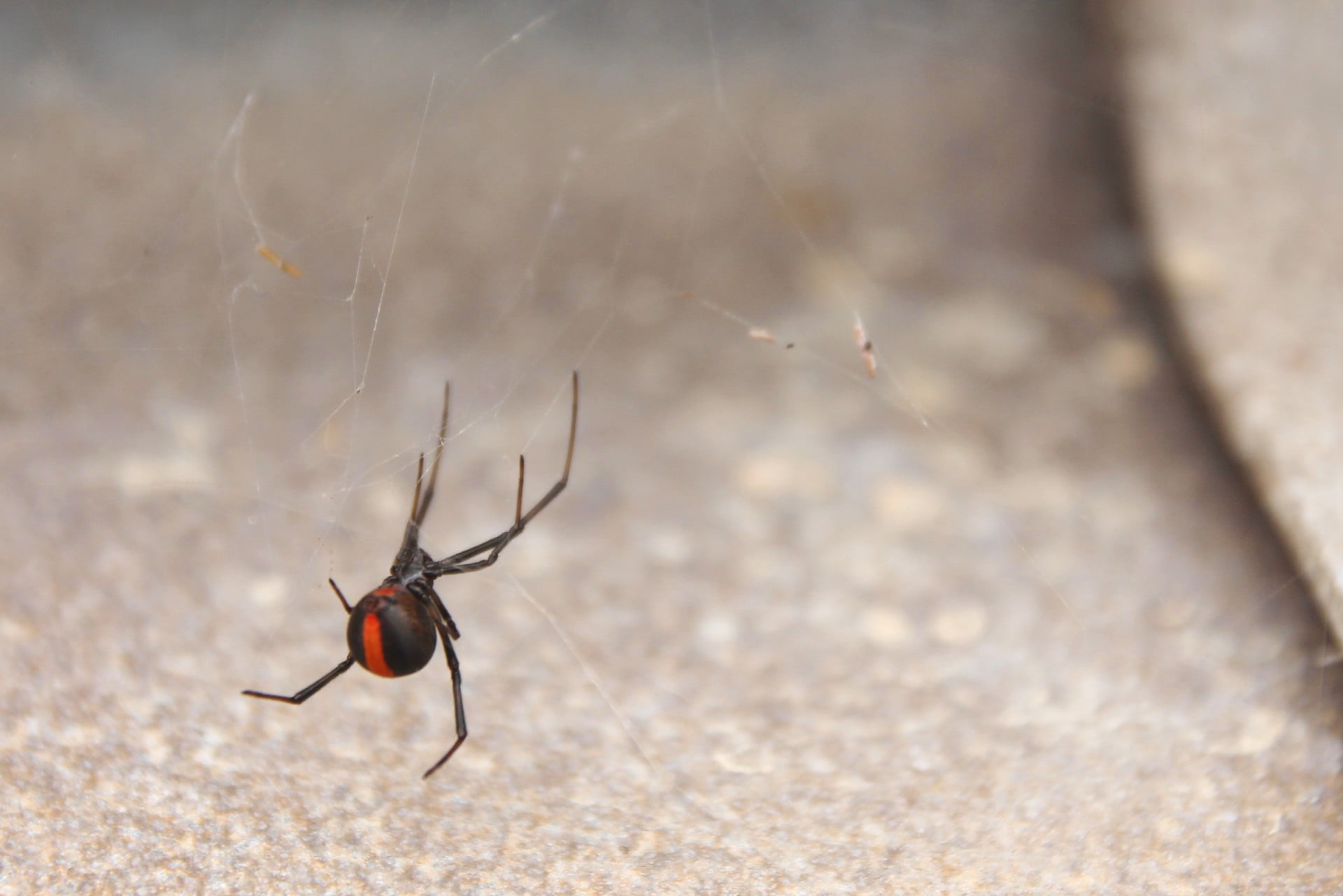
Tasmania's two most dangerous spiders are the redback spider and the funnel web spider.
Of the redback spider, only the female is dangerous. They are black (or sometimes brown) with a distinct orange/red stripe on their back. Redback spider venom can cause serious illness and has caused deaths in the past. However, there have been no deaths since introducing the antivenom as an antidote.
If you are experiencing early symptoms from a redback spider bite, such as sweating, muscular weakness, nausea and vomiting, it is essential to seek medical attention immediately. For more information about redback spiders and what to do when bitten, click here.
Tasmanian Devil
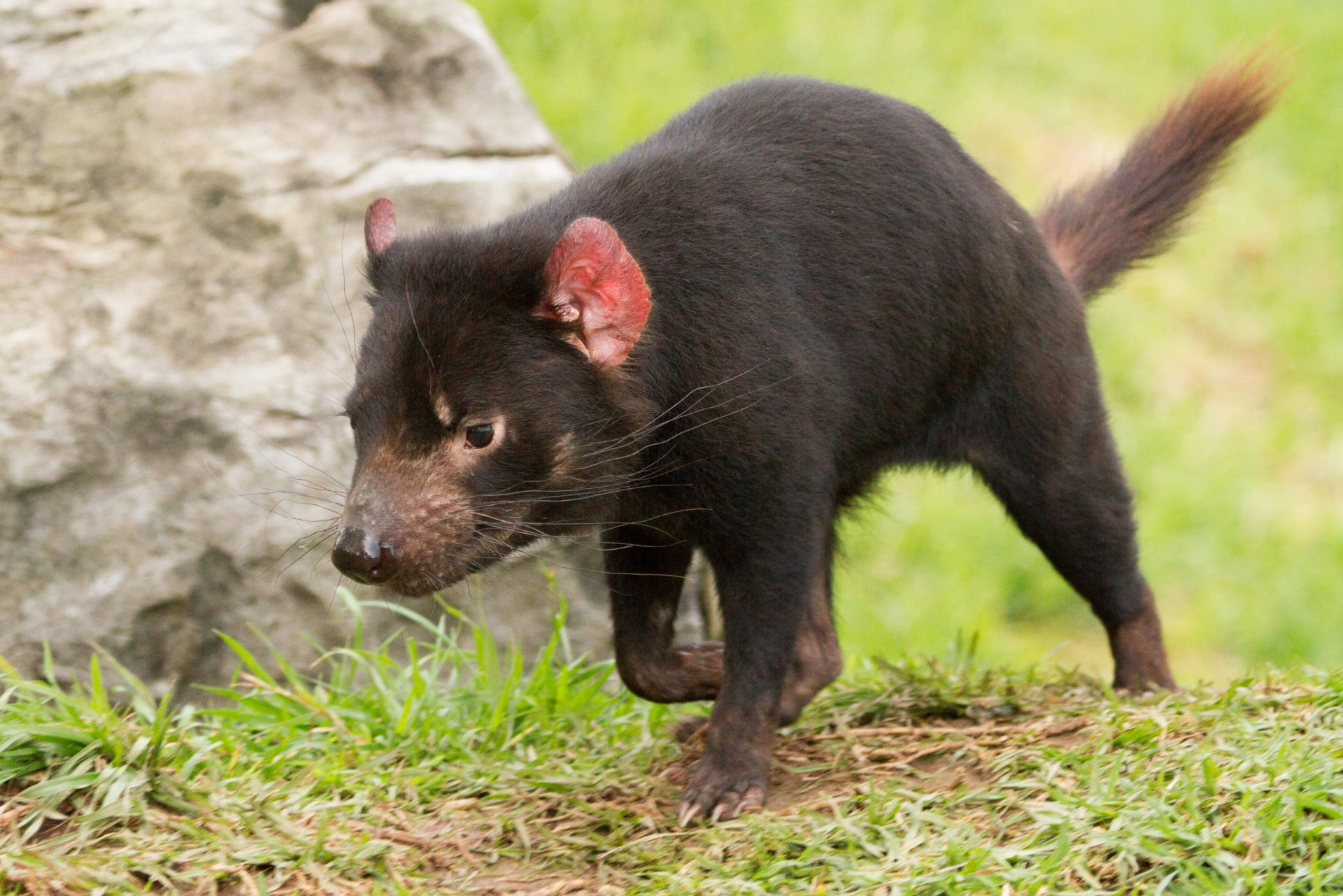
The Tasmanian Devil is the world's largest carnivorous marsupial, with brown or black fur, pointy ears, sharp claws, and a tail. When fully grown, they are about the size of a small dog. Like the cartoon character Taz, they can be moody, feisty, and always hungry.
These creatures are typically found in the Tasmanian bush, but since the mid-1990s, a facial tumour disease has devastated the population, leaving the species endangered. Thanks to the efforts of conservationists, like Bonorong Wildlife Sanctuary and scientists, they are slowly rehabilitating this species.
If you want to witness Tasmania's wildlife first-hand and even catch a glimpse of a real Tasmanian Devil, then Bonorong Wildlife Sanctuary is the perfect destination for you. Additionally, if you're looking for more suggestions on places to see and activities to do in Southern Tasmania, be sure to check out our article titled "Things to do in Southern Tasmania!"
Wasps
Three species of wasps are found in Tasmania: European wasps, English Wasps and Yellow Jackets (Social Wasps). They construct their nests in various locations, such as old rodent burrows, hollow trees, and bushes. You can also find their nests in sheltered areas like wall cavities, open garages, and carports.
You should be aware that female wasps have the ability to sting multiple times. So take extreme caution when you spot a wasp. If you have a wasp infestation, you can find a local pest control technician to remove the threat safely.
Bees
Tasmania has over 100 species of native bees, including the Masked bees, Reed bees, Leafcutter bees and Resin bees. These bees are known for their calm demeanour, colourful appearance, and crucial role in the survival of many Australian native plants.
To attract these wonderful creatures to your garden, consider planting blue, white, and yellow native flowers like Everlasting Daisies, Grevilleas, and Wattle. You will have bees buzzing around in your garden in no time.
While the introduced European honeybee is still a much-loved bee for its honey production and hive-living ability, it can be more aggressive and prone to stinging when threatened. However, because honeybees live with their queen bee and protect their home, we are more easily able to transport a whole colony into a bee hotel resource.
It is believed that the Bumblebee may have been smuggled illegally or entered by pure accident into Tasmania from New Zealand in 1992. This species is now considered a possible threat to our native bee population.
Honeybee sting versus a bumblebee sting
A honeybee sting has barbs that detach from the bee’s abdomen after stinging. This means a honeybee can only sting once. Bumblebees, on the other hand, have stingers without barbs and can sting multiple times. For most, a sting will cause pain, local swelling, itching and irritation that may last from hours to a couple of days. In some cases, a sting can cause an allergic reaction. If you experience an allergic reaction, you should call 000 for medical advice and assistance.
For more information about treating bee stings, read the following helpful article: Bee Sting Home Remedies: What works?
Mosquitos
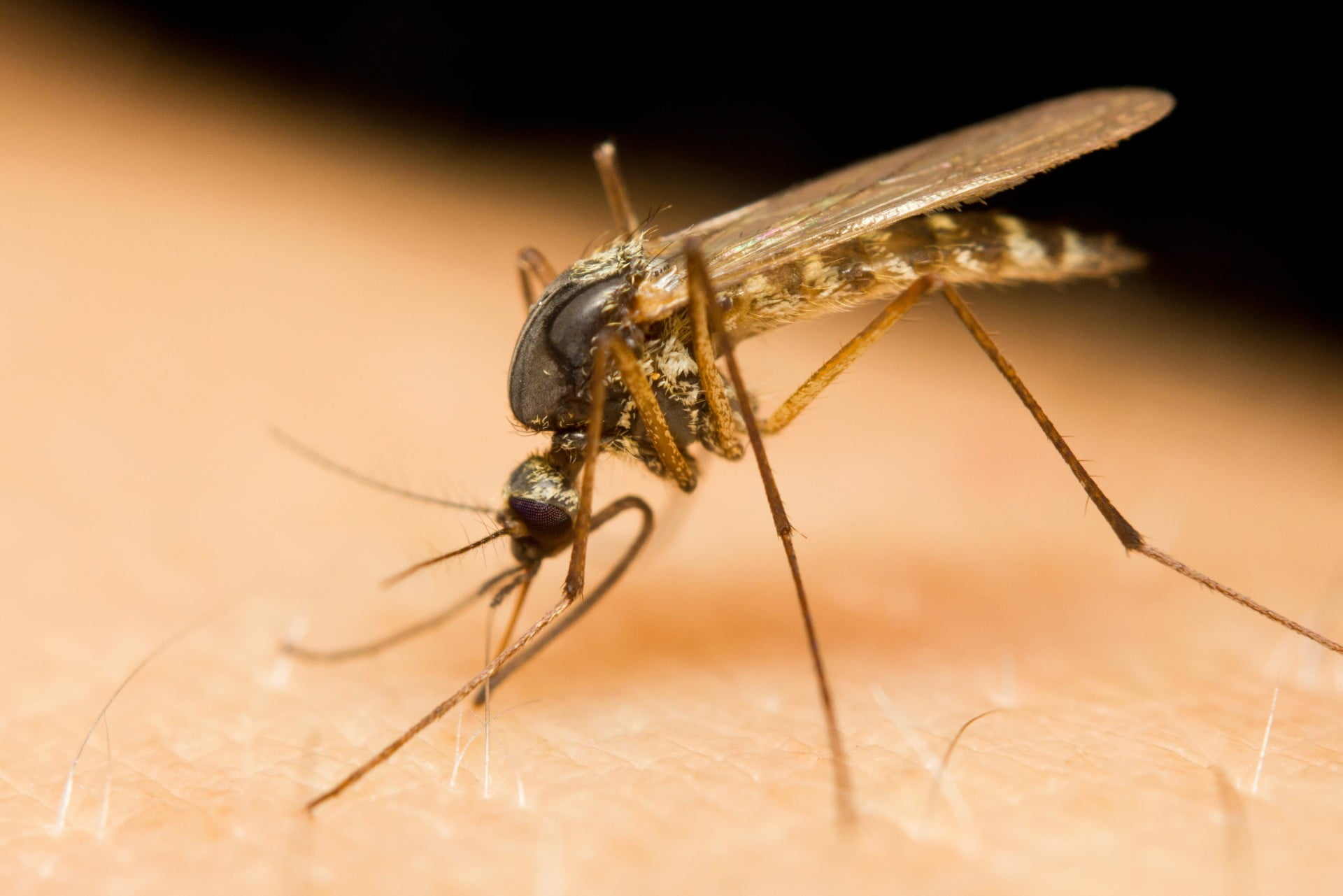
If you are planning to go camping, hiking or kayaking in Tasmania, you should take prevention methods to avoid mosquito bites. The best defence is to cover up from head to toe when you are outdoors in mosquito-infested areas.
Another amazing and accidental discovery by researchers is the Avon skin so soft bath oil can repel mosquitos for up to two hours.
For more ideas and ways to prevent mosquito bites, click here.
Leaches
In the wet Tasmanian rainforests, grassy areas, and freshwater, there are parasitic creatures called leeches that attach themselves to human skin and feed on blood.
To prevent a leech bite, you can wear anti-leech protective socks, salt spray, insect repellants or lemon-eucalyptus extract. However, once bitten, it is suggested that you avoid using these sprays and try to remove them with a credit card or fingernail. For a more in-depth explanation of how to safely remove a leech with a credit card or fingernail, click here.
Ticks
Ticks are small external parasites that can attach themselves to your skin and feed on your blood, similar to leeches. They grow to a size of about 3 to 5mm when they reach adulthood. Although most tick bites are painless, some ticks can transmit bacteria that can cause illnesses. Therefore, it is essential to remove them as soon as possible.
Unlike leeches, ticks will remain on your skin until they are removed. There is a particular method for removing ticks that aim to avoid leaving the head of the tick inside your skin. If this happens, you are at risk of infection and leaving the bacteria and germs from the tick inside your skin.
If you need suggestions and methods on how to safely remove a tick, click here.
Ants
There are around 140 different types of ants in Tasmania. However, only a handful of these can become a nuisance in households and gardens and pose a threat to our well-being. Specifically, certain Myrmecia ants (Bull ants) can cause severe allergic reactions, requiring urgent medical assistance for some people.
For more information about ants and how to eliminate them from your home, read our article “Managing ants in and around your home”.
Millipedes
Millipedes are arthropods, tiny creatures with long black bodies and up to 200 legs. You may find them curled up on the window seal, behind the toilet or in the corner of your bedroom. While they are harmless creatures in Tasmania, they can become a nuisance.
These creatures can benefit the garden, as they help clean up your garden beds. If you find them inside your home, it is best to sweep them up with a plastic container and release them outside to a garden bed. Alternatively, you can vacuum them up and then look for moist areas or decaying matter, as they need moisture to survive. By maintaining the inside of your home, you can help keep them away.
Centipedes
Centipedes are carnivores and predatory arthropods. Some species can even bite; surprisingly, a centipede’s bite can hurt, and its venom can potentially cause health problems.
You should always speak to your doctor if a centipede has bitten you or a family member. Consider taking a photo of the centipede to show the doctor which species has bitten you.
Interestingly, centipedes always have an odd number of pairs of legs. For more fascinating facts about centipedes, check out this link!
Bluebottle jellyfish and box jellyfish

Jellyfish stings are painful, but they are usually not life-threatening. Bluebottle jellyfish are commonly found in Tasmanian waters, and their sting can cause intense pain, whip-like lines, sores, rashes or redness in the stung area. Sometimes, these stings can trigger an allergic reaction.
Unfortunately, sightings of the more dangerous Box Jellyfish have been reported by locals. A sting from this jellyfish can cause severe pain, increased heart rate, difficulty breathing, anxiety, sweating, nausea, vomiting, and more. If stung by a Box Jellyfish, call 000 immediately for medical assistance, as in some cases when there has been a large area of contact, a person’s heart may stop.
You can download a helpful jellyfish app called The Jellyfish App Pro. This app not only helps you learn about and identify jellyfish from around the world but also provides information on when and where different types of jellyfish are likely to be found.
We hope you enjoyed reading our article about some of our minibeasts living on our wild and beautiful island. If you are interested in discovering more about Southern Tasmania, finding a rental property or purchasing a home in one of our charming suburbs, we encourage you to subscribe to our real estate newsletter, explore our local blog, browse our suburb profiles or reach out to us directly!
If you want to learn more about which herbs you can grow in your Tasmanian garden to keep those pesky ants away, read our helpful article: Which herbs to grow in Tasmania and when!
Everyday household items such as lemon, salt, and vinegar can be so handy when cleaning around the house!
Download and print our handy PDF document to stick on the fridge so you are prepared for any mishap in your next cleaning emergency! Our download includes a list of all the must-have staple items to ensure you can easily tackle any mess anytime!
You can also read our helpful article 7 simple cleaning hacks when you have nothing but what is in your pantry.
Disclaimer: The information on this website is not legal or professional advice and is general in nature; therefore, the editorial content or articles on this website are intended as a guide only and do not consider your personal objectives, financial situation or particular needs. For more information, please read our Terms of Use and Privacy Policy.
Skip to content
- Minibeasts of Tasmania List
Related posts
Simplify downsizing your property
Why now is the perfect time to upsize your property




